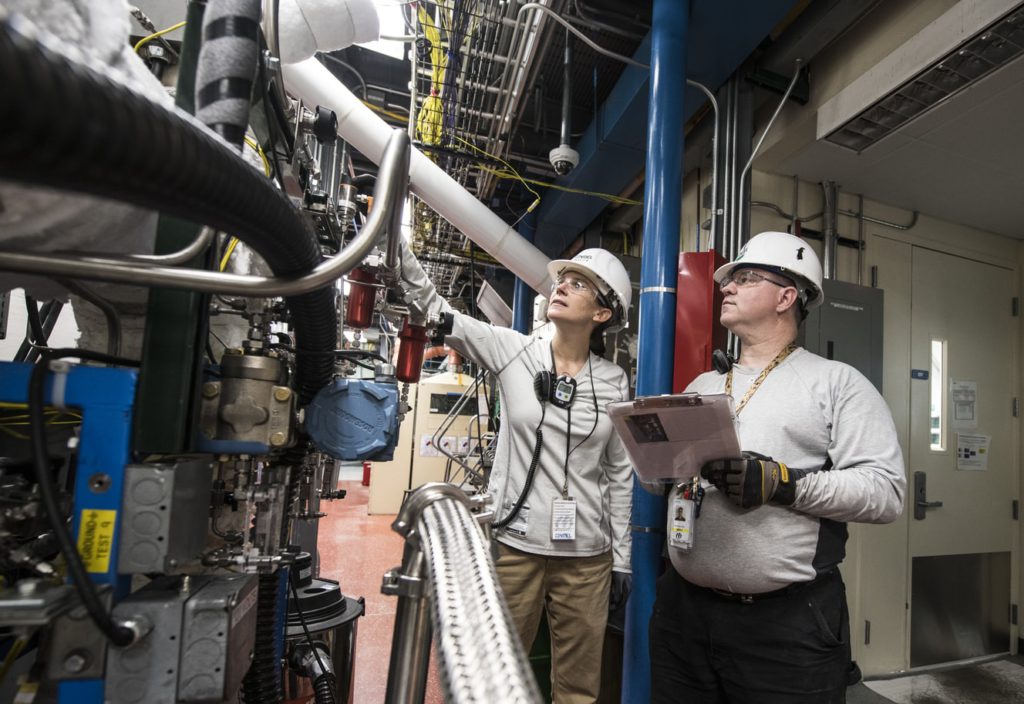Key Takeaways
– A screening machine is a versatile tool used in various industries to separate and classify materials.
– There are different types of screening machines available, including vibrating screens, trommel screens, and gyratory screens.
– The selection of a screening machine depends on factors such as the material being screened, desired output, and operational requirements.
– Proper maintenance and regular inspections are essential to ensure the efficient and reliable operation of screening machines.
– Advancements in technology have led to the development of automated screening machines that offer higher productivity and accuracy.
Introduction
Screening machines play a crucial role in numerous industries, ranging from mining and construction to food processing and recycling. These machines are designed to separate and classify materials based on their size, shape, and composition. By efficiently separating different materials, screening machines help improve productivity, reduce waste, and ensure the quality of the final product. In this article, we will explore the world of screening machines, their types, applications, and the key factors to consider when selecting one for a specific operation.
The Importance of Screening Machines
Screening machines are essential tools in industries where the separation and classification of materials are required. They are used to remove unwanted particles, separate different sizes of materials, and ensure the quality and consistency of the final product. Without screening machines, industries would face challenges in achieving desired product specifications, leading to inefficiencies and potential quality issues.
Types of Screening Machines
1. Vibrating Screens: Vibrating screens are the most common type of screening machine. They consist of a vibrating deck with different-sized screens, which vibrate to separate materials based on their size. Vibrating screens are versatile and can handle a wide range of materials, making them suitable for various industries.
2. Trommel Screens: Trommel screens are cylindrical-shaped machines with a rotating drum. As materials enter the drum, smaller particles pass through the screen, while larger particles are retained and discharged at the end. Trommel screens are commonly used in mining and recycling applications.
3. Gyratory Screens: Gyratory screens utilize a gyratory motion to separate materials. They consist of multiple decks with screens of different sizes, allowing for efficient classification of materials. Gyratory screens are often used in industries where high throughput and accurate separation are required.
Factors to Consider When Selecting a Screening Machine
1. Material Properties: The characteristics of the material being screened, such as particle size, shape, and moisture content, play a crucial role in selecting the appropriate screening machine. Different materials may require specific screen designs and configurations to achieve optimal separation.
2. Desired Output: The desired output or production rate is another important factor to consider. Screening machines have different capacities and throughput capabilities. It is essential to choose a machine that can handle the required volume of material efficiently.
3. Operational Requirements: Considerations such as space availability, power requirements, and maintenance needs should be taken into account when selecting a screening machine. It is important to choose a machine that fits within the operational constraints and can be easily maintained and serviced.
Maintenance and Inspection
Regular maintenance and inspections are crucial for the efficient and reliable operation of screening machines. Some key maintenance tasks include lubrication of bearings, inspection and replacement of worn-out screens, and cleaning of the machine to prevent material buildup. By following a proactive maintenance schedule, operators can minimize downtime and extend the lifespan of their screening machines.
Advancements in Screening Technology
Advancements in technology have led to the development of automated screening machines that offer higher productivity and accuracy. These machines incorporate features such as remote monitoring, self-cleaning screens, and intelligent control systems. Automated screening machines not only improve efficiency but also reduce the need for manual intervention, making them ideal for industries seeking to optimize their screening processes.
The Future of Screening Machines
As industries continue to evolve, so will the technology and capabilities of screening machines. The future holds the promise of even more advanced and efficient screening machines, capable of handling larger volumes of material, providing higher accuracy, and integrating seamlessly into automated production lines. These advancements will further enhance productivity, reduce costs, and contribute to the overall growth and success of industries that rely on screening machines.
Conclusion
Screening machines are indispensable tools in various industries, enabling efficient separation and classification of materials. By understanding the different types of screening machines, considering key factors during selection, and implementing proper maintenance practices, industries can optimize their screening processes and achieve desired outcomes. With advancements in technology, the future of screening machines looks promising, offering even greater productivity and accuracy. As industries continue to evolve, screening machines will remain essential for ensuring the quality and efficiency of production processes.

Adrian graduated with a Masters Degree (1st Class Honours) in Chemical Engineering from Chester University along with Harris. His master’s research aimed to develop a standardadised clean water oxygenation transfer procedure to test bubble diffusers that are currently used in the wastewater industry commercial market. He has also undergone placments in both US and China primarely focused within the R&D department and is an associate member of the Institute of Chemical Engineers (IChemE).

